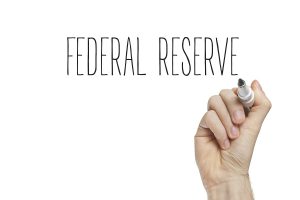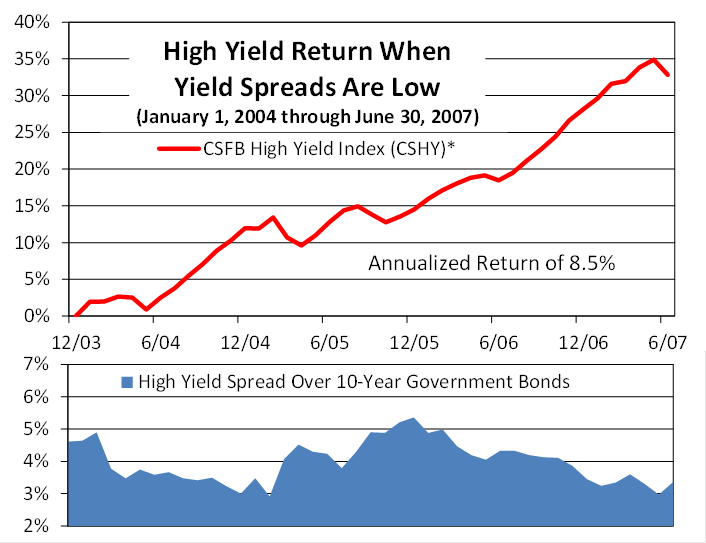 Over the last several market days, there was an increase in volatility and selloff in the equity markets. June 11th the Dow had its biggest one-day loss since March. This came one day after Fed Chairman Jerome Powell and the rest of the board concluded their two-day meeting and held a post-meeting press conference. In his press conference Powell announced that interest rates were left unchanged and near zero, unemployment was at an all-time high, and he projected a very slow economic recovery from this “pandemic-induced” recession. So, what is the Fed’s connection to the markets and economy, and what type of impact can they have? It is always best to start with why the Federal Reserve System was created and for what purpose. This blog will briefly cover the history of America’s central banking system, its structure and its overall purposes.
Over the last several market days, there was an increase in volatility and selloff in the equity markets. June 11th the Dow had its biggest one-day loss since March. This came one day after Fed Chairman Jerome Powell and the rest of the board concluded their two-day meeting and held a post-meeting press conference. In his press conference Powell announced that interest rates were left unchanged and near zero, unemployment was at an all-time high, and he projected a very slow economic recovery from this “pandemic-induced” recession. So, what is the Fed’s connection to the markets and economy, and what type of impact can they have? It is always best to start with why the Federal Reserve System was created and for what purpose. This blog will briefly cover the history of America’s central banking system, its structure and its overall purposes.
After the revolutionary war, Alexander Hamilton led several attempts at forming a central bank for the United States, but each attempt failed. Up until 1913, the United States was plagued with frequent financial pandemics, liquidity issues and high rates of bank failures. As a new country with these issues, the U.S. economy became a risky place for capital to be invested both for international and domestic investors. This lack of trust in the banking system was stunting America’s growth in its agriculture and industry. It was finally at the demand of J.P. Morgan, after the panic of 1907, that he pressured the government into acting on a central bank plan. J.P. Morgan, a wealthy financier, had bailed out the federal government several times up to that point. One instance was in 1895 by providing $65 million in gold, and another in 1907 when he convinced other bankers to provided capital and restore liquidity to desperate markets. That was after Morgan had already bailed out several trust companies, a leading brokerage house, New York City and the New York Stock Exchange.
Thus, on December 23, 1913 Congress passed, and President Woodrow Wilson signed, the Federal Reserve Act of 1913. The Federal Reserve website (www.federalreserve.gov) states this, “The Federal Reserve Act of 1913 established the Federal Reserve System as the central bank of the United States to provide the nation with a safer, more flexible, and more stable monetary and financial system.” The Federal Reserve, or commonly referred to as the Fed, has the purpose of managing the nation’s monetary policy by manipulating the money supply and interest rates. This was to smooth out the booms and busts of normal economic cycles. Determined to not have one central bank, the Federal Reserve Act purposely established three entities:
- A central governing board
- A decentralized operating structure of 12 reserve banks
- A combination of public and private characteristics (Federal Open Market Committee)
The Federal Reserve board initially consisted of seven members: the Secretary of Treasury and Comptroller of the Currency, and then five others appointed by the US President and confirmed by the Senate. Of those five appointed members, the President would designate one as “governor” and one as “vice governor”. The active executor of the Fed would be the governor. The board leadership structure has gone through several changes to morph into what we are familiar with today which is a Chair, a Vice Chair, and Vice Chair for Supervision and then 4 other board seats, making a total of 7 possible positions. Each are nominated by the President of the United States and confirmed by the Senate. Each member serves a 14-year term, with one term beginning every two years on the 1st of February on even numbered years. The following are the current Board of Governors of the Federal Reserve System:
- Chair: Jerome H. Powell
- Vice Chair: Richard H. Clarida
- Vice Chair for Supervision: Randal Quarles
- Michelle W. Bowman
- Lael Brainard
- Vacant Position
- Vacant Position
The Act established 12 Federal Reserve banks instead of relying on one “central bank” and they were based on a geographic division of the United States. In 1913, these boundaries were based on the biggest trade regions and their related economic needs. The 12 bank districts are: Boston, New York, Philadelphia, Cleveland, Richmond, St. Louis, Atlanta, Chicago, Minneapolis, Kansas City, Dallas, and San Francisco. These banks operate independently but under the greater supervision of the Federal Reserve Board of Governors. Each bank has a nine-member board of directors and is responsible for gathering data on the economies and businesses of its local communities. This information is used to influence decisions made by the Board of Governors and the other entities of the system.
The Fed is in its 10th edition of The Federal Reserve System Purposes & Functions which details the structure, responsibilities and aims of the U.S. central banking system. The Fed performs five functions to promote the operation of the U.S. economy:
- Conducts the nation’s monetary policy to promote maximum employment, stable prices, and moderate long-term interest rates in the U.S. economy
- Promotes the stability of the financial system and seeks to minimize and contain systemic risks through active monitoring and engagement in the U.S. and abroad
- Promotes the safety and soundness of individual financial institutions and monitors their impact on the financial system as a whole
- Fosters payment and settlement system safety and efficiency through services to the banking industry and the U.S. government that facilitates U.S.-dollar transactions and payments
- Promotes consumer protection and community development through consumer-focused supervision and examination, research and analysis of emerging consumer issues and trends, community economic development activities, and the administration of consumer laws and regulations.
 Understanding why the Federal Reserve System was created and for what purpose, establishes a framework to further understand how the Fed and their monetary policy affects the behavior of the markets. No matter the investment style or philosophy (active vs. passive management, technical analysis vs. fundamental analysis) what the Fed decides to do in regards to money supply and interest rates does in fact influence buy and sell decisions for both retail and institutional investors. However, instead of skimming the minutes of Fed meetings or staying glued to a post-meeting press conference or senate hearing, we prioritize the analysis of price movement rather than the underlying fundamentals of a security or economic numbers. It is our belief that what is happening both in the economy and with a particular company (if stock) or a company’s debt (if bond) is all reflected and priced into the security, index, market, etc. By placing our priority on analyzing price trends, we are able to be active traders on what is currently happening. This allows us to manage risk for our clients and shareholders.
Understanding why the Federal Reserve System was created and for what purpose, establishes a framework to further understand how the Fed and their monetary policy affects the behavior of the markets. No matter the investment style or philosophy (active vs. passive management, technical analysis vs. fundamental analysis) what the Fed decides to do in regards to money supply and interest rates does in fact influence buy and sell decisions for both retail and institutional investors. However, instead of skimming the minutes of Fed meetings or staying glued to a post-meeting press conference or senate hearing, we prioritize the analysis of price movement rather than the underlying fundamentals of a security or economic numbers. It is our belief that what is happening both in the economy and with a particular company (if stock) or a company’s debt (if bond) is all reflected and priced into the security, index, market, etc. By placing our priority on analyzing price trends, we are able to be active traders on what is currently happening. This allows us to manage risk for our clients and shareholders.


